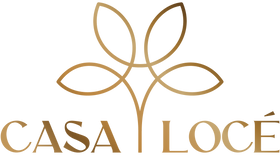Winery 101 | Romantic City & Rustic Wineries in California
Criteria for Finding The Best Winery For Wine Lovers and Couples Based on Romantic and Rustic Wineries in California
Casa Loce’s Opinion on What Makes The Best Winery in California for Wine Lovers and Couples
Wineries in California are the ultimate sweet spot for this. Take Casa Locé, for example. There are many aspects to the experience other than just tasting the wine. The ambiance may be the deciding factor. The best wineries for enthusiasts and lovers have a certain rustic elegance that makes you want to linger, like a good wine that gets better with each sip. Look for places with scenic views, cozy tasting rooms, and a warm, intimate vibe where you feel like time slows down just for you. Bonus points if the winery has charming outdoor spaces for a sunset toast or a secluded picnic. The perfect spot marries the experience of savoring wine with creating lasting memories, making it more than just a stop but a shared moment to treasure.
Key Takeaways
- Wine variety is the initial point in the evaluation, with flavor profiles catering to diverse tastes and preferences.
- Sensory experiences provided by wineries, including lighting design and outdoor seating options, add to the ambiance.
- Comprehensive wine tastings, detailed tasting notes, and comparison-friendly wine flights are a plus.
- Reputation matters; look for mentions of a romantic, rustic charm along with awards or positive customer reviews.
- Scenic viewpoints, picnic areas, or local produce pairings enhance the wine-tasting adventure which makes it more memorable.
Know The Different Wine Varieties
Two key elements shape every wine's identity: grape varieties and wine flavor profiles. These aspects decide if the wine tastes sweet or dry, feels light or bold, or appears soft or acidic.
Foundational to a wine's character are grape varieties. Unique flavors and aromas emerge from each variety, like the dark fruit flavors typical of Cabernet Sauvignon or Chardonnay's crisp acidity. Over 10,000 known types of grape varieties contribute to the worldwide assortment of wines that showcase astounding diversity.
On another note, wine flavor profiles serve as a sensory compass for wine tasting. These profiles present a complete picture of the wine's taste, aroma, body, and texture. For example, plummy notes with a hint of chocolate are part of a Merlot's profile, indicating its full-bodied, velvety nature.
Learning about different wine varieties is like mastering a new language. It enables one to appreciate nuances, narrate a story, and ultimately, enrich the experience of wine consumption. Wine's beauty is found not in its complexity but in the simple pleasure it offers.
Evaluating the Winery's Ambiance
The ambiance of the winery has the power to enhance or detract from your experience.
The design of lighting affects a winery's ambiance. Properly planned, it creates warmth and intimacy while showcasing the wine's color and clarity. Lighting choices also affect your wine-tasting experience. From the gentle glow of candles to innovative uses of natural light, these simple yet relevant parts affect your experience.
Another element to consider is outdoor seating. Wineries offering open-air options often provide stunning vistas of their vineyards. This offers a unique sensory experience to complement your wine tasting: rustling leaves, bird song, and vineyard scents heighten the wine's flavor which creates unforgettable moments.
Therefore, evaluating a winery's ambiance is necessary when choosing the ideal place for wine enthusiasts and couples who value a blend of taste, visuals, and sounds. In the end, ambiance is among the deciding factors between a merely good or truly great wine-tasting adventure.

Exploring Wine Tasting Options
Wine flights, selections of diverse wines, served in restrained portions for comparison, are fundamental to any wine tasting. Each winery provides unique flights, usually organized from white to red, or from light to robust, offering a distinct exploration of their products.
Appreciating tasting notes is also crucial in wine tasting. These descriptive terms communicate the wine's aromas, flavors, and overall traits. Notes may be fruity, floral, earthy, or spicy, playing a vital role in identifying individual preferences.
Newcomers and seasoned wine aficionados alike will find wine flights and tasting notes indispensable in probing wine's depth and complexity. These elements reveal intriguing details about the wine's origin, the grapes used, and the production process. Through understanding these aspects, wine enthusiasts get the opportunity to learn, interact, and indulge.
Considering the Winery's Reputation
Planning your wine-tasting journey requires careful evaluation of each winery's repute. This crucial step allows you to anticipate the caliber of wine and service during your visit. Winery awards and customer reviews stand as two significant indicators of a winery's reputation.
Winery awards, granted by esteemed wine organizations or competitions, denote a winery's excellence. Such honors mirror the mastery of winemaking, the quality of vineyards, and the wines' overall taste. Consistent award-winning wineries prove their dedication to wine production of the highest quality.
On the other hand, customer reviews provide first-hand accounts from fellow wine aficionados. They offer insights into the winery's hospitality, ambiance, and of course, its wines. In reviews, you may also find comments on the romantic and rustic charm of wineries, important factors for wine-loving couples.
Assessing Scenic Viewpoints and Extras
Winery experiences that stand out involve more than just tasting wine; they immerse visitors in a striking ambiance. Spectacular viewpoints play a crucial role in this aspect. Vineyards providing wide, sweeping vistas not only offer photographic opportunities but also intensify the pleasure of wine tasting. Visualize oneself leisurely savoring a glass of preferred wine as the sun dips below the vineyard horizon. Vibrant shades of orange and purple painting the sky form a captivating backdrop, heightening the venue's charm.
Additional features such as picnic areas enrich the vineyard visit. Often located among the grapevines, these spots create an idyllic environment for a romantic date or a casual gathering with friends. Such locations present a perfect chance to savor the winery's delights in a tranquil, scenic environment. Imagine a picnic featuring a selection of local cheeses, and fruits, complemented by the vineyard's finest wine – a truly inviting prospect.
Frequently Asked Questions
What is a winery vs vineyard?A winery and a vineyard are different but related entities in the wine production process. A vineyard is a farm for the cultivation of grape-bearing vines, primarily for winemaking. A winery, on the other hand, is a building or property where wine is produced. The winery houses the equipment needed to crush, ferment, age, and bottle wine.
What is in a winery?A winery typically contains various elements necessary for wine production. This includes large fermentation tanks, barrels for aging wine, a bottling line to package the wine, and storage facilities for both raw materials like grapes and finished products like bottled wine. Wineries also often have tasting rooms where visitors can sample the wines produced.
Why is it called a winery?The term "winery" originates from the process of winemaking itself. The word 'winery' is derived from the Old English 'win', meaning wine, and 'ery', meaning a place. So, a winery is essentially a place for wine, specifically a place of wine production.
What are winery owners called?Owners of wineries are winery owners or vintners. The term vintner is a historical term used to describe a wine merchant, but in modern usage, it often refers to someone who makes wine, particularly those who own wineries.
Do you drink wine at a winery?Yes, you can drink wine at a winery. Most wineries have tasting rooms where visitors sample different types of wine produced on the premises. Some wineries also offer guided tours where guests learn about the winemaking process and taste the wines at various stages of production.
Are vineyards only for wine?Vineyards are for wine production, but not exclusively. Some vineyards also grow table grapes for eating or raisin production. Other vineyards might grow grapes for the production of grape juice, grape seed oil, or other grape-based products.
What do people do at a winery?At a winery, people often participate in wine tastings, guided tours of the winemaking facilities, and wine-related events. They learn about the process of winemaking, sample different wines, and often have the opportunity to purchase wine directly from the winery.
Do wineries serve anything other than wine?While wine is the primary product served at wineries, many also offer other beverages and food. Some wineries have full-service restaurants on-site, while others may serve light snacks, local cheeses, or charcuterie to accompany their wine tastings.
Do all 50 states have wineries?Yes, all 50 states in the U.S. have at least one winery. While some states like California, Oregon, and Washington are particularly well-known for their wine production, every state has at least one winery due to different grape varieties' adaptability to various climates and terrains.
What is a wine lover called?A wine lover is often referred to as an oenophile. The term originates from the Greek words 'oinos' meaning 'wine' and 'philos' meaning 'lover.'
What is a pro wine person called?A professional wine person, someone who specializes in the study of wine and winemaking, is often referred to as an oenologist. These individuals are experts in the field and often work in wineries overseeing the wine production process.
Do you spit out wine at tastings?At wine tastings, it is not uncommon for participants to spit out the wine after tasting it. This practice allows tasters to sample many different wines without consuming too much alcohol. It's particularly common among professional tasters and sommeliers who may need to taste dozens of wines in a single session.
Join us for a look into our elegant approach to winemaking and gracious hospitality. We welcome our members and their guests by appointment only. Become a member or book an event by visiting CasaLoce.com
Casa Locé
Upper Ojai California
10065 N Ojai Rd, Ojai, CA 93023
https://maps.app.goo.gl/E7YQCnXAFHq1bKz46




